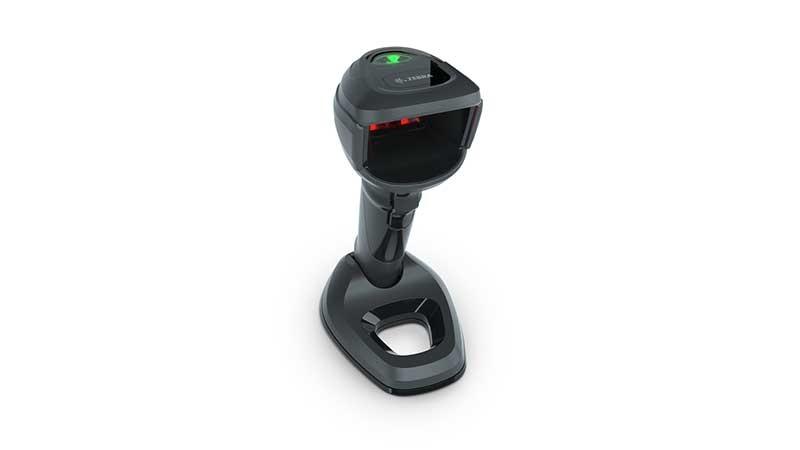A place for everything and everything in its place.
You mentioned that you tried to use Tile (an audible signal device) to locate items; but, that its efficiency is limited due to the high noise level of the workplace.
Visible storage may be the solution to your problem. Display tools so that you can see which ones are in stock/storage and which ones aren't. One example of this is the "pegboard" storage systems with detailed silhouettes of tools painted to identify them and their storage positions. There are hooks, bins, racks, shelves, and jars, etc. to choose from. Avoid closed or opaque boxes, drawers, etc. which hide contents.
Such a system is not compact. It will require sufficient space to keep things separate, and accessible. This is not a trivial consideration.
Such a system is not inexpensive. It will require an initial significant investment for the materials and installation.
The return on your investment depends on your tool replacement cost. Your experience should be your guide. Over time it may pay off in terms of installation, maintenance, and workplace efficiency
It must be efficient.
Ideally, your tools are individually stored with labels. When there are more than one of the same tool, number each and store them separately. Use large, clear, specific labels to avoid confusion.
It must be easy.
The key to success is how easily tools can be removed and replaced. Any extra effort needed to store the tool will be less effective. Ease of use will encourage your careless or lazy colleagues to cooperate. For example, wind power cords around the tool before you put each into its own labeled, fitted bin or hang the tool so that gravity solves where the power cord hangs.
Create a paper trail to trace the tool location. You could try to implement a "library card" lending system for borrowing a tool from storage. This "paper trail" can be used to identify the last person using the tool. When a worker takes a tool from storage, a token is placed in the tool storage to indicate which worker has it. Each worker has their own personal token(s).
Initially, some encouragement will be necessary to get everyone on board. This is more effort than the casual sharing that was the norm there.
Missing tools do not find their way out of the shop by themselves. There's a chance that they are being discarded by accident or stolen. You'll want to explore each of these personnel possibilities if organization techniques do not remedy bad work habits.
Good luck.



